THE STORY: (30 minutes) Hermes, the messenger god, locates a “highly qualified” judge for a beauty contest between three powerful, vain and vindictive goddesses. One of the goddesses is cruising to what appears to be certain victory, until her competitors propose a “twist” on the contest rules. And our judge – a boy you already know – is suddenly confronted with a choice: political power, military glory, or some smokin’ hot … But you’ll have to tune in, if you want to find out exactly what happens.
THE COMMENTARY: (14 minutes; begins at 30:00) I begin the post-story commentary by acknowledging some of the “time line inconsistencies” inherent in this episode. Has it really taken Zeus eighteen years to find a judge for a beauty contest? I explore some of possible solutions to the time line problem, including: “look the other way and pretend it isn’t there”, and “employ Einstein’s theory of relativity to reason the problem away”. Eventually I give up and simply acknowledge that timeline problems are endemic to stories grounded in the oral tradition, or to stories penned by multiple authors working without central editorial oversight. I note that timeline inconsistencies are not unique to Greek epic, and cite by way of example the creation stories (both of them) in the book of Genesis.
I then turn to a discussion of The Judgment of Paris as a favourite subject of visual artists, from the time of Classical Greece to the present. I muse about why this work has been so consistently popular with artists, and decide it must be because: a) everybody already knows the story, and b) the artist gets to paint three really hot women in the nude (the women in the nude that is, though I suppose nudity might have been the artist’s aspirational outcome too?). I then spend some time “deconstructing” Rubens’ famous The Judgment of Paris painting (check out the RELATED IMAGES below). I note that the three Olympian goddesses are traditionally depicted in art accompanied by certain “props”, that offer viewers the necessary clues to figuring out who is who. Athena: a helmet, a shield with a monster’s head, and an owl to represent her wisdom. Hera: a peacock. And Aphrodite: accompanied by her son Eros – the “Valentine’s Day boy” if you will, complete with bow and quiver of “erotic arrows”. In any Judgement of Paris painting, I note, Aphrodite will always be the goddess in the most flagrantly sexual pose, as befits her status as goddess of lust and sexual passion.
Finally I conclude the post story commentary by relating the story of my teenage son’s response – “on first looking into Rubens’ Judgement”. My son found the goddesses in the painting shockingly “Rubenesque”, which led the two of us –father and son – into a long winded discussion (more of a lecture by father actually) on the culturally implicated and temporally transient nature of female beauty. And that’s where I wrapped things up. To test your skills in “goddess identification” check out Raphael’s “Judgement of Paris” painting, posted below. Have Fun.
Jeff
RELATED IMAGES
- BOOK A LIVE TELLING or “EDU-TAINMENT” (click here)
- THE JUDGEMENT OF PARIS, Rubens 1639 (try to “decode” the painting and figure out which goddesss is which; there are two birds in the painting, each associated with a different goddess)
- THE JUDGEMENT OF PARIS, Rubens 1639 (note the wings on Hermes’ helmet – then check out the “wings” on THE FLASH)
- JUDGEMENT OF PARIS, Raphael 1512 (“idealized” female body types go in and out of fashion; compare Raphael’s Aphrodite to Rubens’!)
- THE JUDGEMENT OF PARIS, Lucas Cranach the Elder 1540 (one of the 22 paintings he made on the very same subject: our boy Lucas must have really liked Greek Mythology!)
- THE JUDGEMENT OF PARIS, Lucas Cranach the Elder 1540
- HERMES (the original “THE FLASH”: note the winged helmet)
- THE FLASH 1940s to 2000 (…and if you think only “female” idealized body types go in and out of fashion, check out what we have done to The Flash over 50 years!)



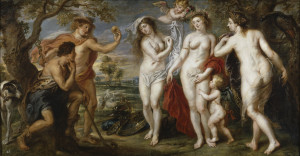
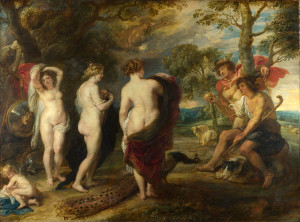
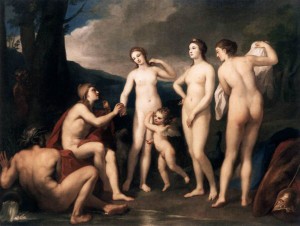
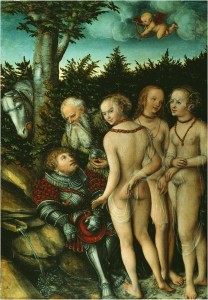
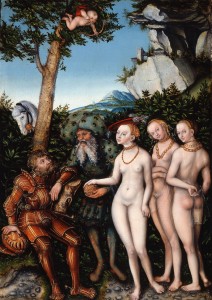
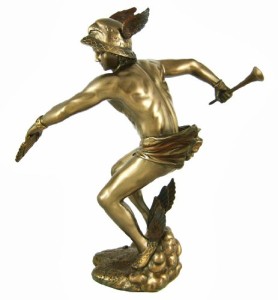
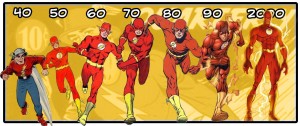
Thank you so much for this series! I’m thoroughly enjoying it, especially the commentary. And thanks for the link to “DARKMYTHS.ORG! I can see I have hours of fun ahead!
Hi Cheri: I am delighted that you are enjoying the series — many more awesome episodes ahead too! If you get the chance (and you are an Itunes person) a positive review of my podcast would really help with promotion (just go to the Itunes site of my podcast,and leave a review). If you are not an Itunes person, then just share your enthusiasm with a friend!
Have an wonderful day; thanks for taking the time to write! Jeff